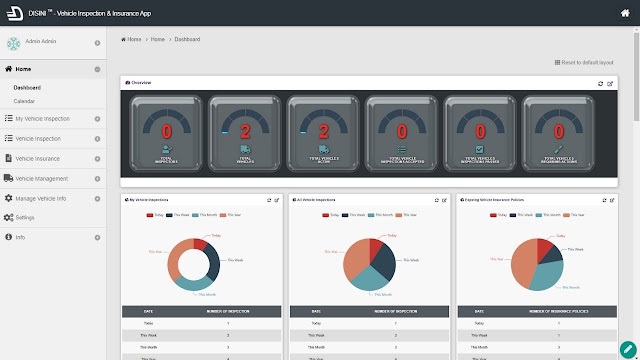Coding for Non-Coders: Codeless Development Explained!
Is it possible for someone without any coding knowledge to build applications? If yes, how well can they do and should we trust such applications to work well and contribute meaningfully to business?
Well, this post kicks off the series, Coding for Non-Coders. It's a series of posts we will be publishing here with the aim of empowering non-technicals to be able to easily and quickly build enterprise applications, no matter their level of programming chops.
#Flashback: Back in time, those who wished to develop apps but lacked technical expertise had to rely on traditional developers and IT to meet their development needs. For them, coding and development were herculean tasks they didn't want to get into. So they took to the option of outsourcing all their development work to software experts and the costs weren't so low.
Well, this post kicks off the series, Coding for Non-Coders. It's a series of posts we will be publishing here with the aim of empowering non-technicals to be able to easily and quickly build enterprise applications, no matter their level of programming chops.
#Flashback: Back in time, those who wished to develop apps but lacked technical expertise had to rely on traditional developers and IT to meet their development needs. For them, coding and development were herculean tasks they didn't want to get into. So they took to the option of outsourcing all their development work to software experts and the costs weren't so low.
Our earnest vision at Joget has always been to champion a world where anyone can seamlessly create their dream enterprise application at any time regardless of whether or not they can code, a work environment where even the least technical person can churn out a working app that can contribute to business.
The beautiful thing is that things have changed dramatically from how applications were developed in the past. Non-coders who have an idea but not the technical know-how are taking it upon themselves to create their own apps; they can now implement a no-programming approach towards building applications.
This is called Codeless Development.
Codeless development makes use of a drag-and-drop interface to build enterprise applications without the need to write code. It requires no programming knowledge to work with as the “developer” doesn't need to interact with any code or any technically difficult-to-use tool to build their applications. This method of development relies on models and templates as opposed to strict coding.
And here's another thought: Even though it's called “codeless development” the technique isn't devoid of code. The truth is, there is some code somewhere. But the code is pre-developed and packaged (read: hidden) in an environment that will only require the user to visually develop applications.
Thinking no-code development is limited? The apps developed can be deployed in private or public clouds, on-premise or to mobile devices, and can be extended and integrated with mainframes and other external systems, mostly via plugins. This means you can do more with apps built through this methodology.
Now, there's a common fallacious thinking that codeless development threatens the job security of the developer; but the fact is that no-code/low-code platforms are designed to accelerate software delivery and heighten the dev’s productivity level while streamlining and quickening the development process.
It also expands app development beyond just developers as it is geared more toward business users.
Why business users? Because businesses are frustrated with having to go through long, tedious development process; they want to handle their own development in an effortless manner. They see codeless development as being more agile and less baroque. More importantly, organizations want to lower cost and save time, and codeless development helps them achieve exactly this. For instance, the Joget platform lets users dramatically cut down the costs and time it takes to build new apps. Instead of writing code, you basically build your app by easily dragging and dropping elements.
If you have yet to adopt codeless development, it's time you signed up for your free Joget account here. In our next post in this series, we will talk about why you need to develop your own apps and also look at the potential benefits you stand to gain by using the codeless development approach.
If you have any questions, feel free to leave them in the comment section below.


Comments
Post a Comment